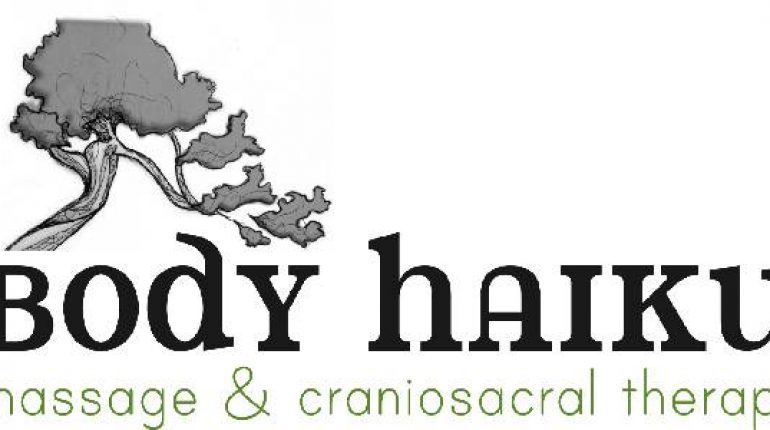Myofascial Release - Pain Relief

Myofascial Release (MFR) is a technique that is used by a range of physical fitness professionals, including athletes and rehabilitation professionals. The term "myofascial" is a reference to the fibrous tissue that holds the muscles and tendons of the body. Fibrous tissue is responsible maintaining the proper strength and movement through the structure and strength of muscles and tendons. The amount of myofascial fibres within the body diminishes as we age. Additionally, the strength and integrity the connective tissue that it is able to support decreases as well.
A lot of fitness professionals employ the combination of rehabilitation and therapy methods to enhance function and reach optimum physical performance. MFR like we said previously, is a broad set of techniques that can be combined to help restore mobility and ease discomfort. MFR uses a variety of therapy methods, including ultrasound, heat therapy, passive range motion, stretching, and ultrasound. The techniques can be employed together or in combination for maximum results. Myofascial release also provides additional benefits like improving posture, increasing bone density, decreasing the pain caused by stiffness, and increasing the overall flexibility of the musculoskeletal structure.
Stretching myofascial release stretches and improves blood flow to the area that is injured, allowing the damaged fascia to heal faster. Passive range of motion is often employed as a complement to active stretching to help the muscles surrounding the muscles and tendons that are affected to stretch and relax. This can allow for more motion range when performing range-of-motion exercise. The resulting flexibility will decrease the pain and stiffness that are associated with restricted ranges of motion exercises. In ultrasound therapy, high-frequency sound waves stimulate the nerves in the fascia which increases the capacity of muscles to absorb oxygen and nutrients.
Heat therapy is the final option of treatment for massage and bodywork. Heating the affected area is believed to increase blood flow, which results in the increase of energy levels and nutrients that aid in repairing the tissue in the affected area. Heat treatments are sometimes combined with passive or active stretching techniques to reap even more results. Myofascial tightness can be caused by a variety of factors. It could be due to chronic stress and a lack in stretching around the neck. As mentioned previously myofascial releases can aid in relieving tightness by opening up the surrounding muscles and enhancing circulation to the affected area.
The benefits of myofascial relaxation extend beyond just alleviating pain caused by stiffness and tightness in the muscles. It has been shown to increase strength and range of motion alleviate depression and anxiety as well as improve balance and motor coordination and can even reduce lower back pain. It is becoming common practice within the field of sports medicine to integrate myofascial releases into sports therapy programs. These programs are designed to address problems with injured muscles, ligaments and tendons, reducing pain and enhancing performance while also improving or maintaining cardiovascular health. This holistic method of improving fitness and overall health is especially beneficial for athletes and others who are active.
Although many athletes employ these techniques throughout their workouts and other athletic activities, they are not limited to them. Myofascial release methods can be employed to treat a range of ailments, such as tendinitis, bursitis and weak or imbalanced shoulders, neck pain tennis elbow pain, knee pain and carpal tunnel syndrome. There are many myofascial techniques which can be employed to alleviate specific symptoms or build better resistance against common injuries. It is important to understand the benefits of myofascial release before trying it at home. If you're suffering from shoulder pain, and feel that this technique could be beneficial for you, this article can provide you with enough information to help you make the right choice.
It is important to know what myofascial tension means. Myofascial tension is caused by an over-abundance of stress applied to a joint bone, tissue, or. In the event of this it is a gradual but steady pressure is put on the affected area, which causes injuries to the tissues and frequently creating pain. 출장안마,출장마사지 As you can observe, myofascial release methods can be beneficial as they try to reduce the negative consequences of an excessive amount of force placed on a joint. This is why myofascial strain isn't instantly equal to a painful condition or, in the majority of cases, it does not even seem like a physical problem even.

The first step to use myofascial releases is to identify the problem area in your body. If you feel tightness around the shoulder blades, this is a good place to begin the myofascial release technique. It can be done by lying on your back, knees bent and your hips flexed and your lower back facing towards the floor. The space between your buttocks, the floor and your lower back may be filled with air. This is a great way to provide relief for joints and muscles. After putting a pillow on your bottom, place a tennis ball beneath your buttocks to firm them up.
